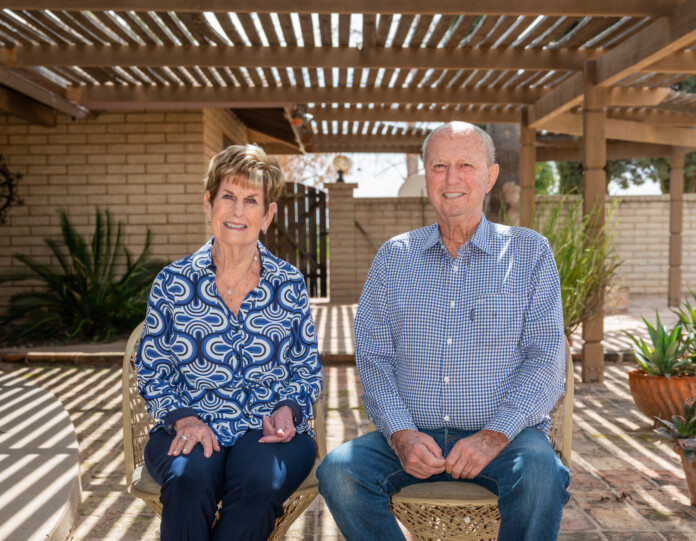
Beauty. Grace. Hard charging. There is a wistful congruency between the horses Shirley Ann Hartman loves and Shirley Ann Hartman.
Philip “McD” Hartman likely didn’t know what he was getting himself into when, as a sophomore at the University of Arizona, he began dating this freshman who rode onto campus as one of the hottest babes in Tucson.
Of course, he has figured it out over the 6½ decades they’ve been together.
The girl loves horses.
“When Mac married me, I told him he had to marry me and my horse,” she said.
And she wasn’t kidding. That’s another thing he’s learned about her: She’s pretty direct.
Together, they’ve been pillars in the community as it grew from about 1,500 people when they arrived in 1960 to approaching six figures in Maricopa and surrounding area.
She was a schoolteacher and founder of the women’s precision horseback drill team Quadrille de Mujeras. He was a farmer, head of the UofA Experimental Farm in Maricopa and still a member of the Pinal County Planning and Zoning Commission.
So, horses. Shirley Ann, 84, says she fell in love with them as a girl in the East Coast countryside. It was among many stops for her father, a career Navy man.
“My brother said, ‘you’re going to outgrow it,’ but I never did,” she said. “We couldn’t afford to have one then.”
But by the time her father was stationed in Panama when she was in high school, they could.
“You could hold a glass of water when he paced and it wouldn’t spill. He was a stallion,” she said of her first horse.
She recalls rides through the jungle.
“It was paradise. I was having a fabulous time,” she said. “When I had to sell my horse in Panama, it about killed me. I couldn’t take him with us. My dad said if you get grades and do OK in school, I’ll get you another horse.”
There was a tour of duty in Long Beach, Calif., and then a move to Tucson, where Shirley Ann’s parents had purchased property years before. And she got her horse.
She eschewed her parents’ advice that she attend Smith “like some of those other gals, but of course we couldn’t afford that and I don’t think I really had the grades, either.”
Smith College, an elite women’s school in Massachusetts, and Shirley Ann Hartman somehow do not seem congruent.
She stayed home and attended the UofA, majoring in education with a minor in physical education.
“I didn’t want to leave. I had a ball all four years,” she said.
Philip, 86, known as “McD” because his father’s name also is Philip and his mother’s maiden name was McDavid, couldn’t help but notice the arrival of a dynamo.
“She was the queen of everything,” he said. “She had a good friend from Chandler. My good friend was dating her good friend and we double dated one time.”
McD, as it turned out, also enjoyed horses.
“One of the things that probably attracted Shirley Ann to me was I’d had horses all my life,” McD said.
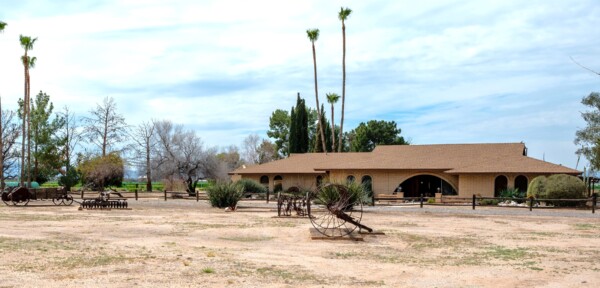
“Shirley Ann needed a helper with her horse, of course. She’d need to have his feet trimmed and need to have him brushed and need to have him put over here or over there,” he said.
Shirley Ann points out what really sealed the deal was McD being a member of Sigma Alpha Epsilon.
“They had the best parties,” Shirley Ann said.
“Yeah,” McD affirmed, “she liked the parties.”
Before she left campus, Shirley Ann would become a Wildcats’ cheerleader, homecoming queen and La Fiesta de los Vaqueros rodeo queen, in which, of course, she got to ride a horse in the world’s largest non-mechanized parade.
As a result, McD’s uncle, Leonard McDavid, asked her to come to Maricopa and appear on a horse at Stagecoach Days.
“I brought my horse up, rode him down where the racetrack used to be and back, and so the first Stagecoach Days queen was me. Really, it was only because I was the Tucson rodeo queen.”
On hiatus for a few years, there are efforts to bring back Stagecoach Days.
“Well, you know what? They should have it because it is Maricopa. We used to have a ball,” she said. “We used to have dances in C.P. Honeycutt’s barn with the horses. We had wonderful, wonderful food. Oh, my gosh, the whole community got together. They’d dig a pit to cook the meat. Beer, of course. Everybody just got together. It was dusty. It was dirty. We just enjoyed it.”
Bear in mind this is a woman for whom square dancing “was just too slow.”
The Hartmans immediately took to the rural Pinal County lifestyle.
“Well, because of my horse,” she said. “My husband was very, very wise.”
McD’s father was a noted Mesa surgeon. When he needed a getaway, he’d bring the family out to land east of what became Maricopa, land that had been donated to McD’s grandfather, a Presbyterian minister, in the 1930s. The land, coincidentally, was on Hartman Road. McD, a city boy, was hooked on the rural lifestyle.
“I told my mom I don’t need go to college, I’d just go straight to the farm and become a farmer,” he said. “She said, ‘Son, just go one semester to the UofA and then tell me if you want to continue your education.’ I went one semester, and I said I want to continue my education at the University of Arizona in the College of Agriculture.”
McD’s father began searching tax rolls and found a property with a back-tax lien. It was a section and a half, a section being roughly one square mile, on Hartman Road. His dad bought it and it became Hartman Ranch. In their first house, he brought the telephone system to Maricopa, with old crank phones. The first two phone numbers were Logan 1 and Logan 2.
“We’d heard they have a road that was named Hartman Road and people said ‘Hartman’ should be taken off that road because the Hartmans haven’t contributed anything to the Maricopa area. That kind of fired us up a little bit.
“That’s the way it got started. It used to be all mesquite trees. One thing in the early days, if you saw mesquite trees on the property, then you knew it was good soil.”
McD and Shirley Ann built a farming and livestock operation that reached 1,100 acres, which they operated until their two sons graduated from college. Bryan, 58, has his own farm a couple of miles down Anderson Road from Shirley Ann and McD. He is a board member of the Maricopa-Stanfield Irrigation and Drainage District, who is also on the advisory board of a UofA project studying sustainable farming practices in Pinal County. Dale, 56, works at Shamrock Farms in Stanfield.
Shirley Ann, meanwhile, was teaching second grade and building Quadrille de Mujeras, which appeared at La Fiesta de los Vaqueros annually, and in 1987, the 12-member team rode in the Tournament of Roses Parade in Pasadena, Calif. What separated her drill team from other all-female teams was the precision movements were with the horses at full gallop. She built a reputation for being a crusty, demanding, no-nonsense taskmaster as she whipped the team into shape.
“I guess so, I guess so,” she said with a smile. “I had to be, because they were putting their life on the line, and the horse’s. It lasted 50 years. Most drill teams are just loping at a trot. We never, never did that. Ours were at a dead run. I’m not the kind that likes to just go out and walk around.”
In the classroom, she didn’t put up with much, either, during two stints covering 20 years in the Maricopa Unified School District, bookended around a two-decade break while raising her sons.
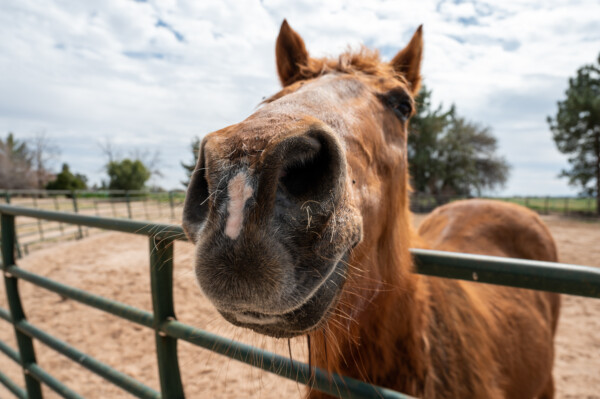
Students were respectful and well behaved, she said.
“Just good old farm kids,” she said. “The beautiful thing about Maricopa at the time is they could go through our system, they didn’t have to get tutored, and then go to the UofA and graduate. The farmers built a beautiful school.
“We didn’t have parental interference. They were happy to have their kids in school and supported the school. It was a different atmosphere.”
When she returned to the classroom after a 20-year break, that wasn’t always the case.
The 1960s marked a time of change in the country, brought on by deteriorating family units, permissiveness, the Vietnam War and drug use.
“I didn’t think it was very good,” she said.
Ever the education proponent, Shirley Ann served on the Central Arizona College foundation for 33 years, through 2021, and was involved in forming the program that today is Pinal Promise, which pays for any graduate of a Pinal County High School to attend CAC free.
Meanwhile, the farming wasn’t going so well after the Hartmans went into business with their sons and formed Hartman Ranch Partnership.
“We’d need this and that, and we started going in the hole, big-time,” McD said.
To cover expenses, they sold more than 600 acres to Mike Ingram, another pillar of Maricopa.
McD took a job running the UofA Experimental Farm to make ends meet. It was a 15-year run.
He was involved in civic ventures, including a stint as president of the Rotary Club.
“Rotary Club used to do everything for the people — Stagecoach Days, the swimming pool, scholarships, the whole thing,” said McD, a Rotarian for a quarter century.Change has come to Maricopa. The Hartman’s ranch still is in the country, with wide-open vistas of mountains on the horizon. A series of washboardy, dirt roads must be traversed to reach it. But residential encroachment is not far from their 1970s slump-block, ranch-style home accented by ancient farming equipment in the front yard.
“Maricopa was a special little town. It was the people,” Shirley Ann said. “I don’t like all the fast-food crap. They should have kept something that was more typical of the area architectural-wise. It would be more of a draw. We’ve got to preserve our history, that’s all there is to it. It has no personality anymore.”
She’s not opposed to progress, though. In fact, when Bashas’ came to town Shirley Ann called it “a godsend.”
“Before, I would keep an ice chest in the truck and I would stop at Bashas’ in Ahwatukee,” she said.
As farmers sold land to developers, 3 1/3-acre suburban ranches began to pop up in Saddleback Farms, Hidden Valley and Thunderbird Farms.
“It’s really interesting,” McD said. “The people who moved in said they couldn’t stand where they lived and wanted to get out into rural life. But as soon as they got into rural life, they wanted to make it just like home was. We still have that going on today.”

McD went on the county Planning and Zoning Commission “to help our Maricopa area protect the way it was.” That meant creating spraying easements and odor easements, which mandate real estate agents tell potential buyers of what would surround them. With his eyesight declining, he said his three-decade run on the panel might soon be up.
“When you gain people, there’s always new ambition, new ideas,” McD said. “The younger generation, they’re not farmers and they’re not really physical workers. It’s all electronics and computers.”
Time seems to be catching up with Shirley Ann, as well.
“Shoot fire, I was a dynamo until I was 81,” she said. “Then, the crap hit the fan.”
A blood clot caused a stroke. She lost partial use of a hand.
“It’s a pain in the butt, is what it is,” she said.
Her larynx collapsed and now she labors to talk.
Then, she fell out of bed and broke a hip.
“So, they put three screws in there,” she said.
She walks with an assistive device.
“I used to be able to do whatever I want, when I want,” she said. “Now, I kind of limp around a little bit, but I’m getting better. It’s just been tough.”
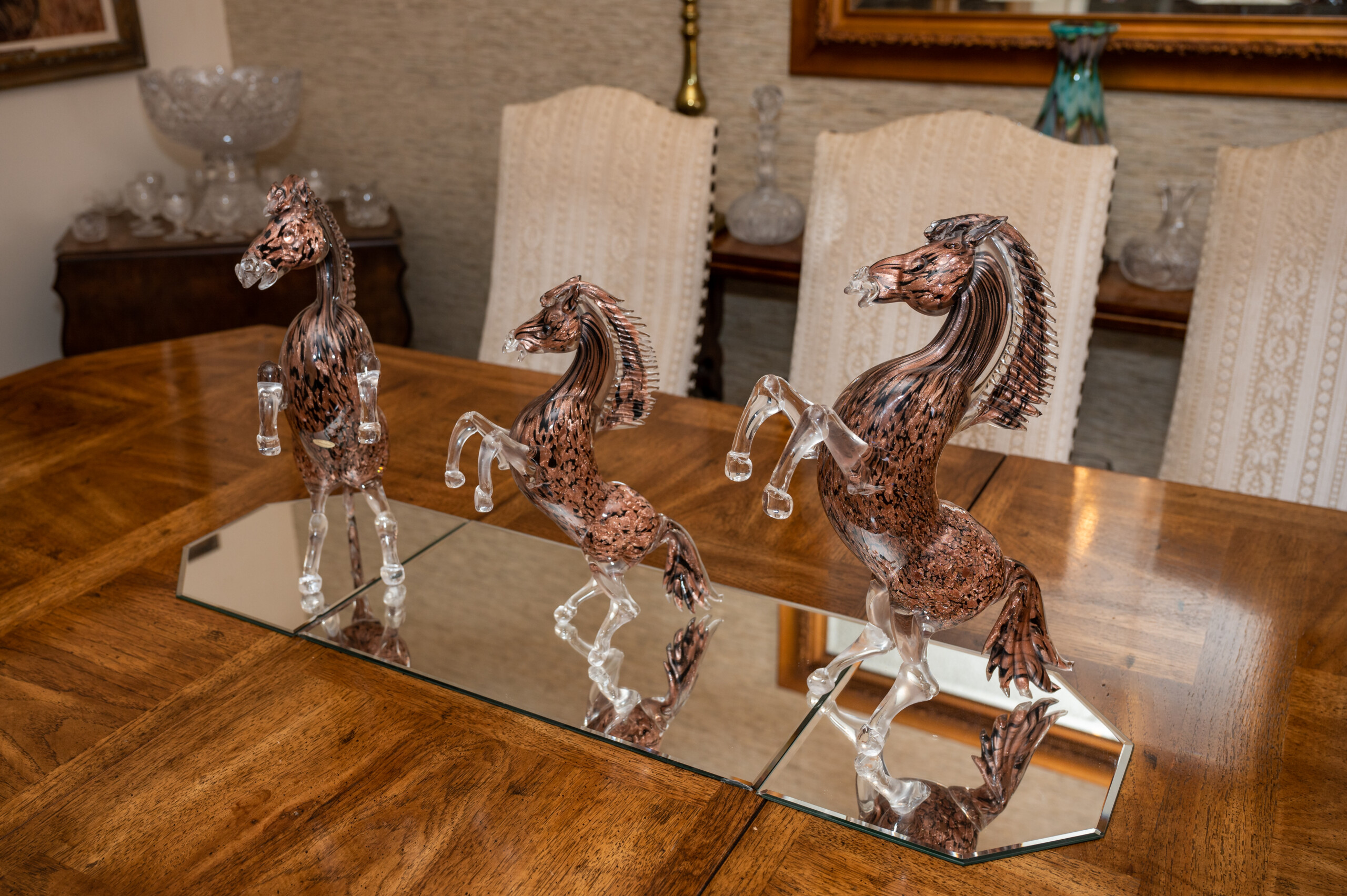
As she’s asked to reflect on her legacy, she tears up.
“Hopefully I’ve helped a lot of people along the way. I think I have,” Shirley Ann said. “I’ve helped a lot of women, gave them opportunities to do things they didn’t know they’d be able to do. I still keep in touch with some of my schoolkids. Don’t make me cry, but I dearly love Maricopa.”
Photo gallery by Bryan Mordt


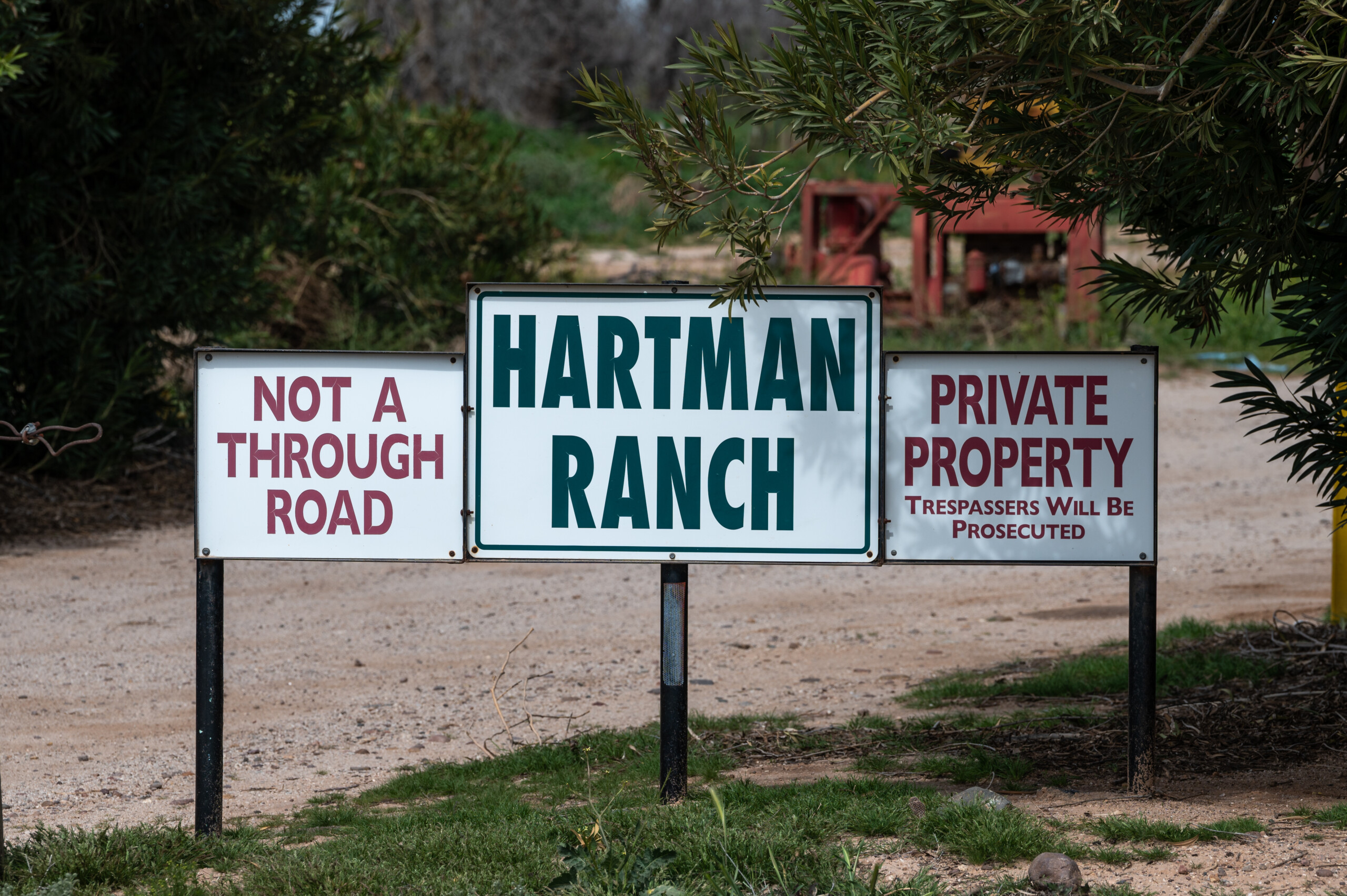
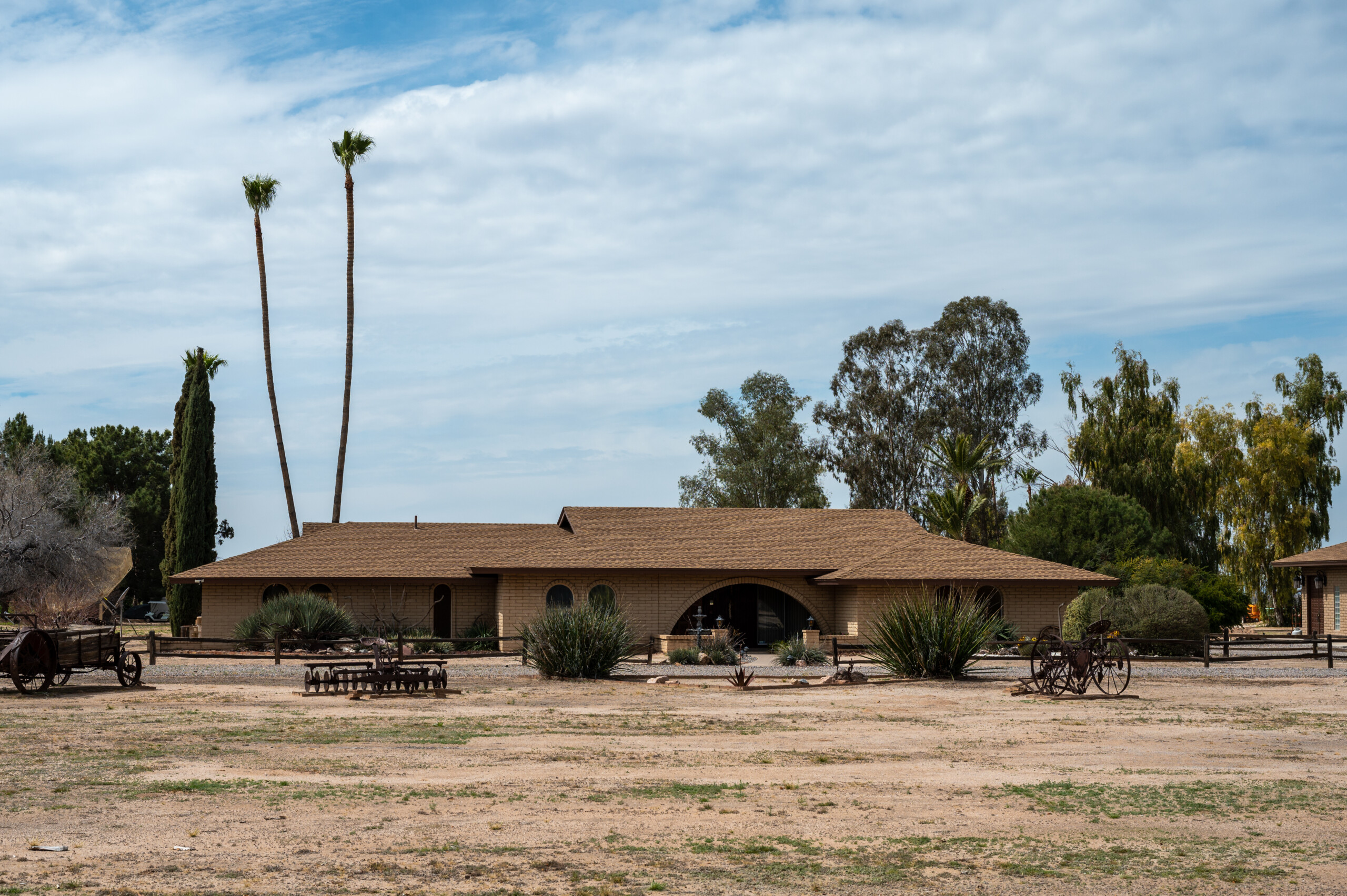
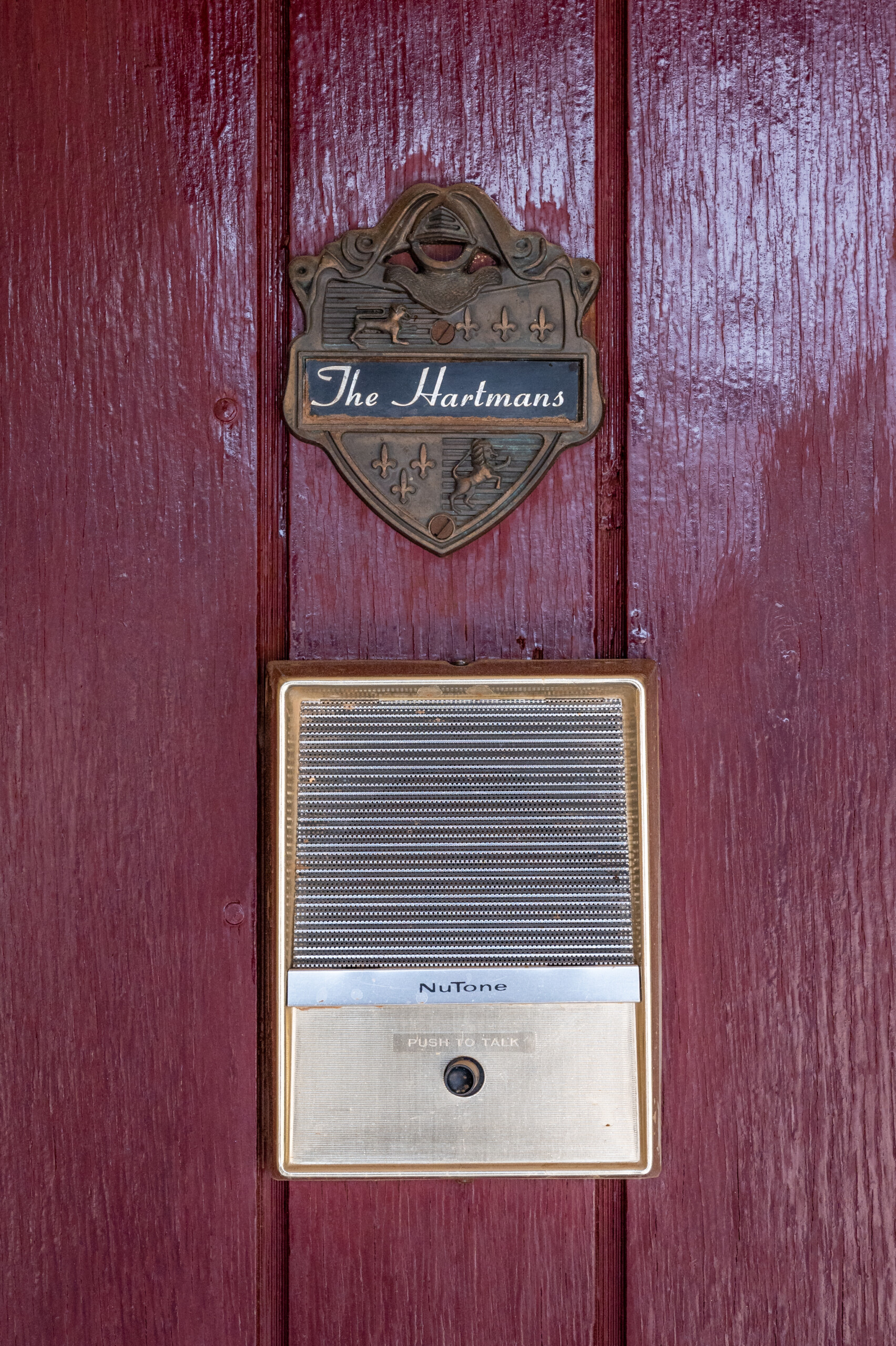
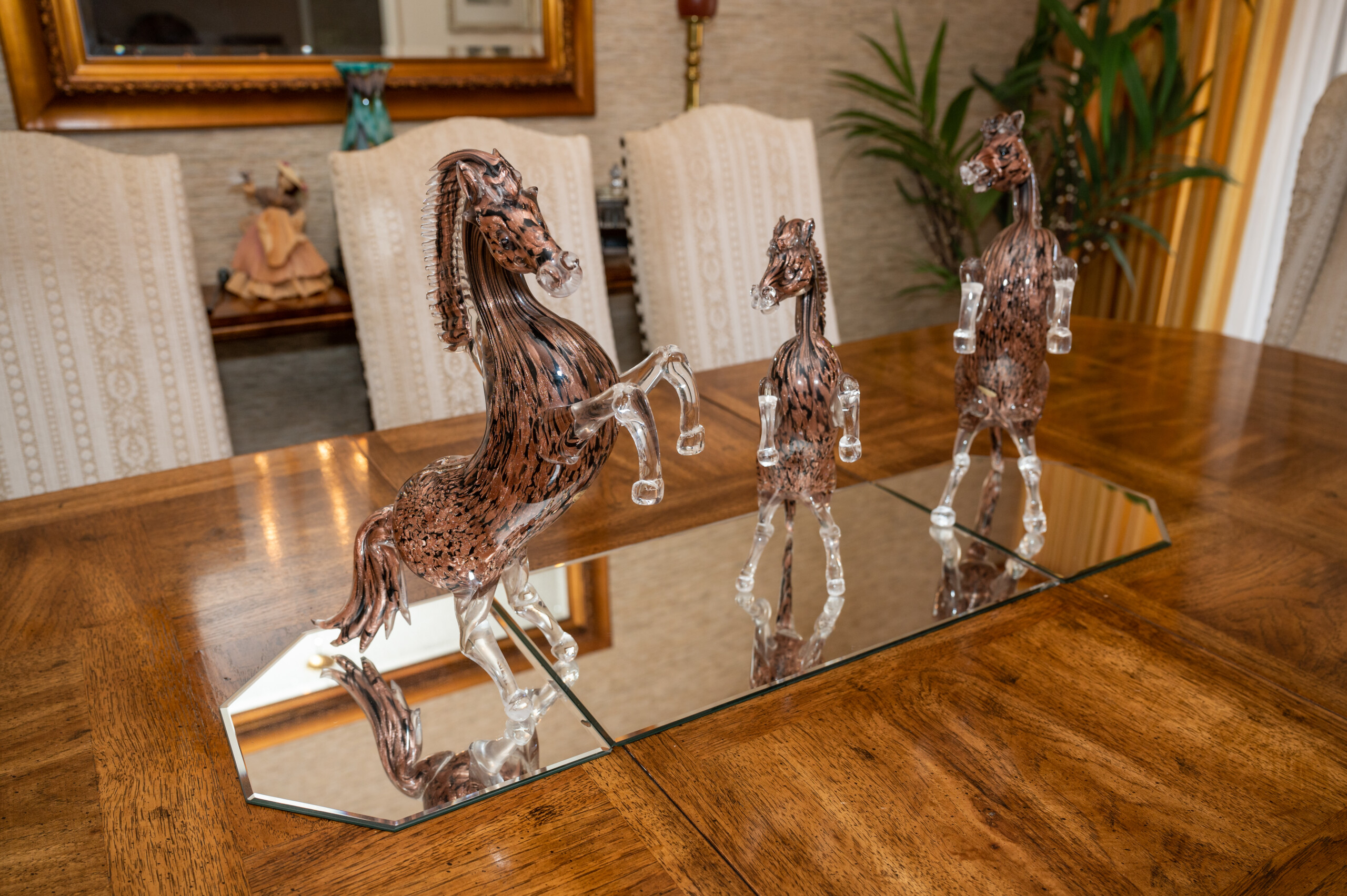
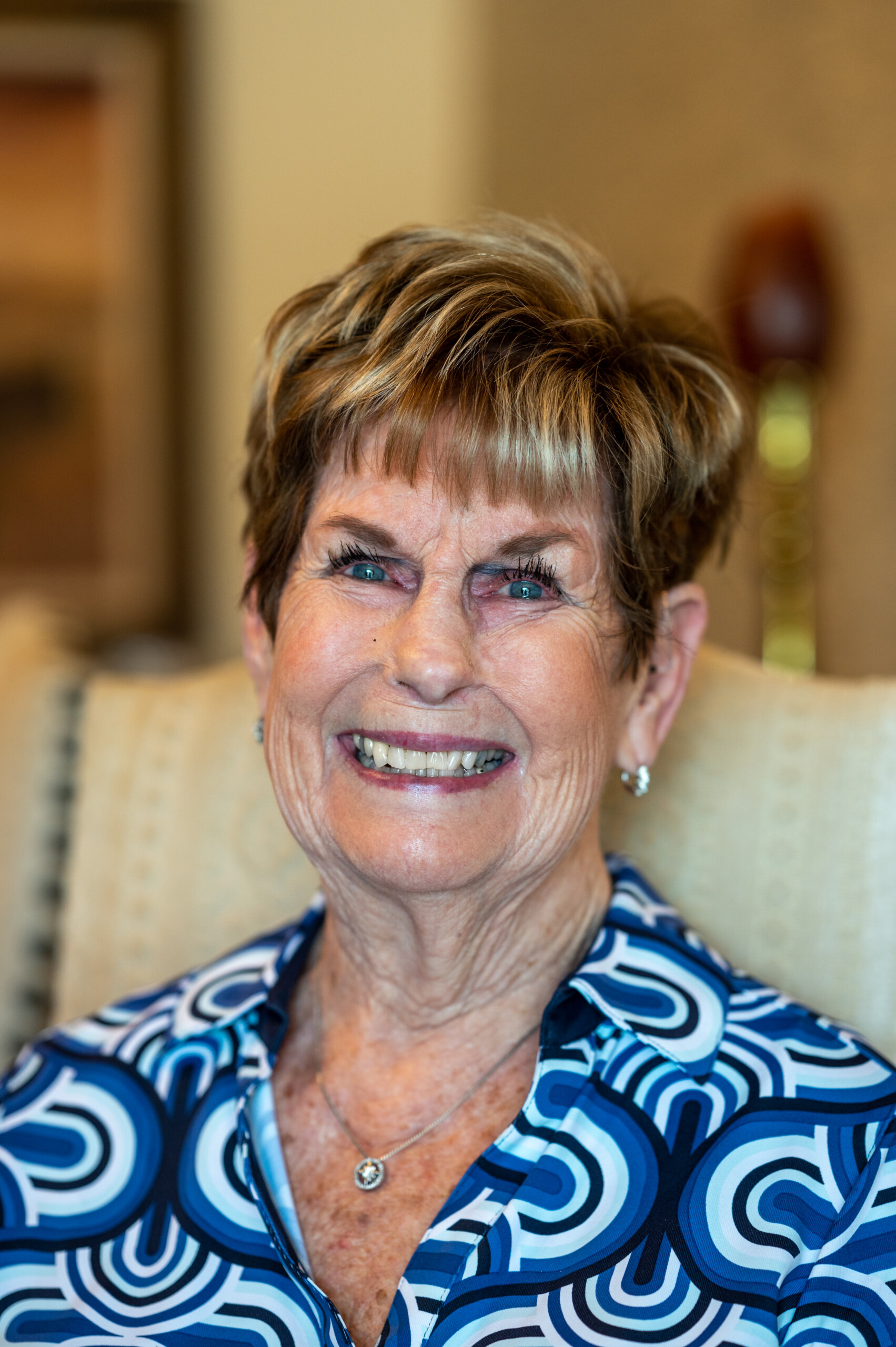
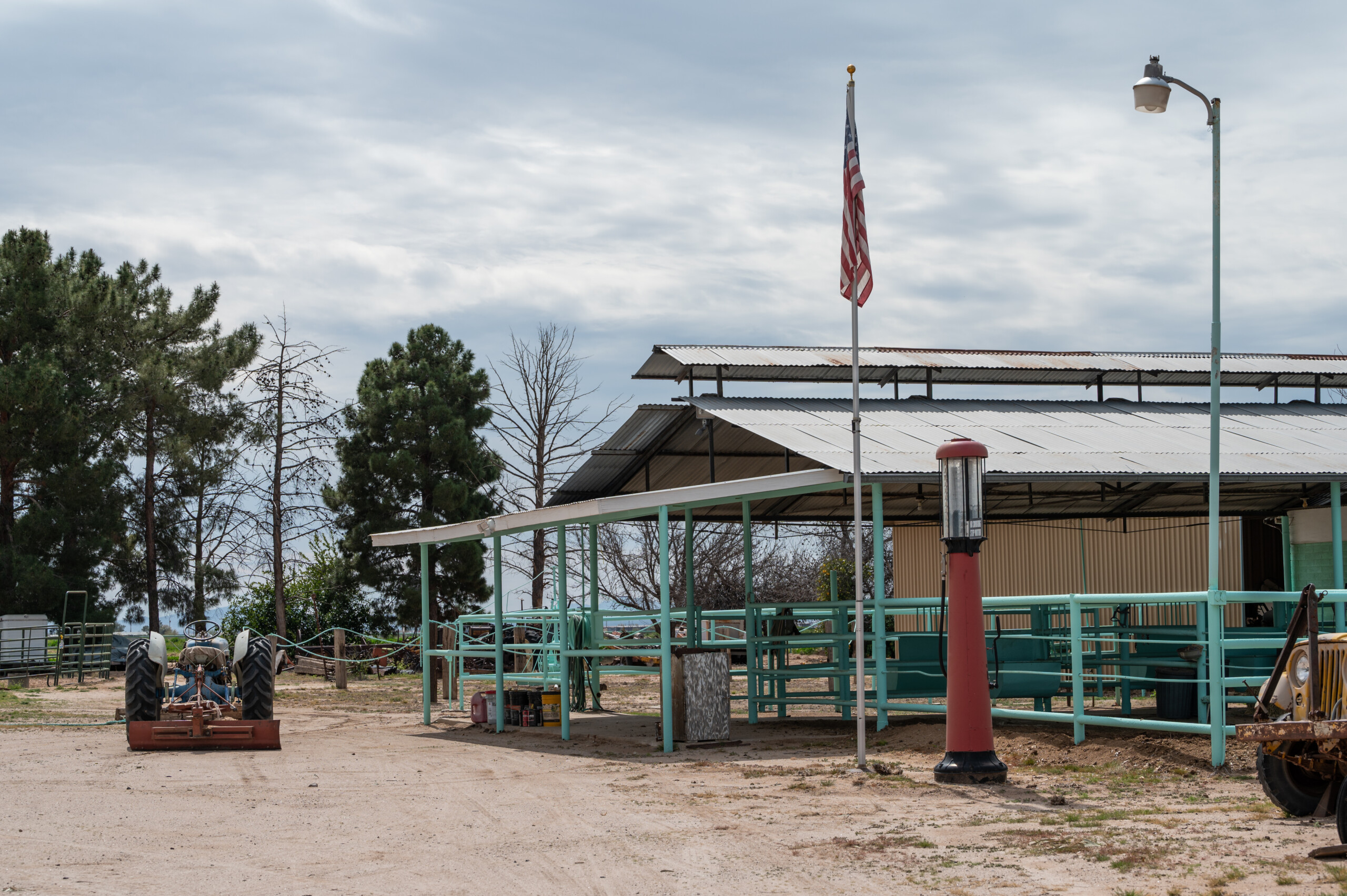
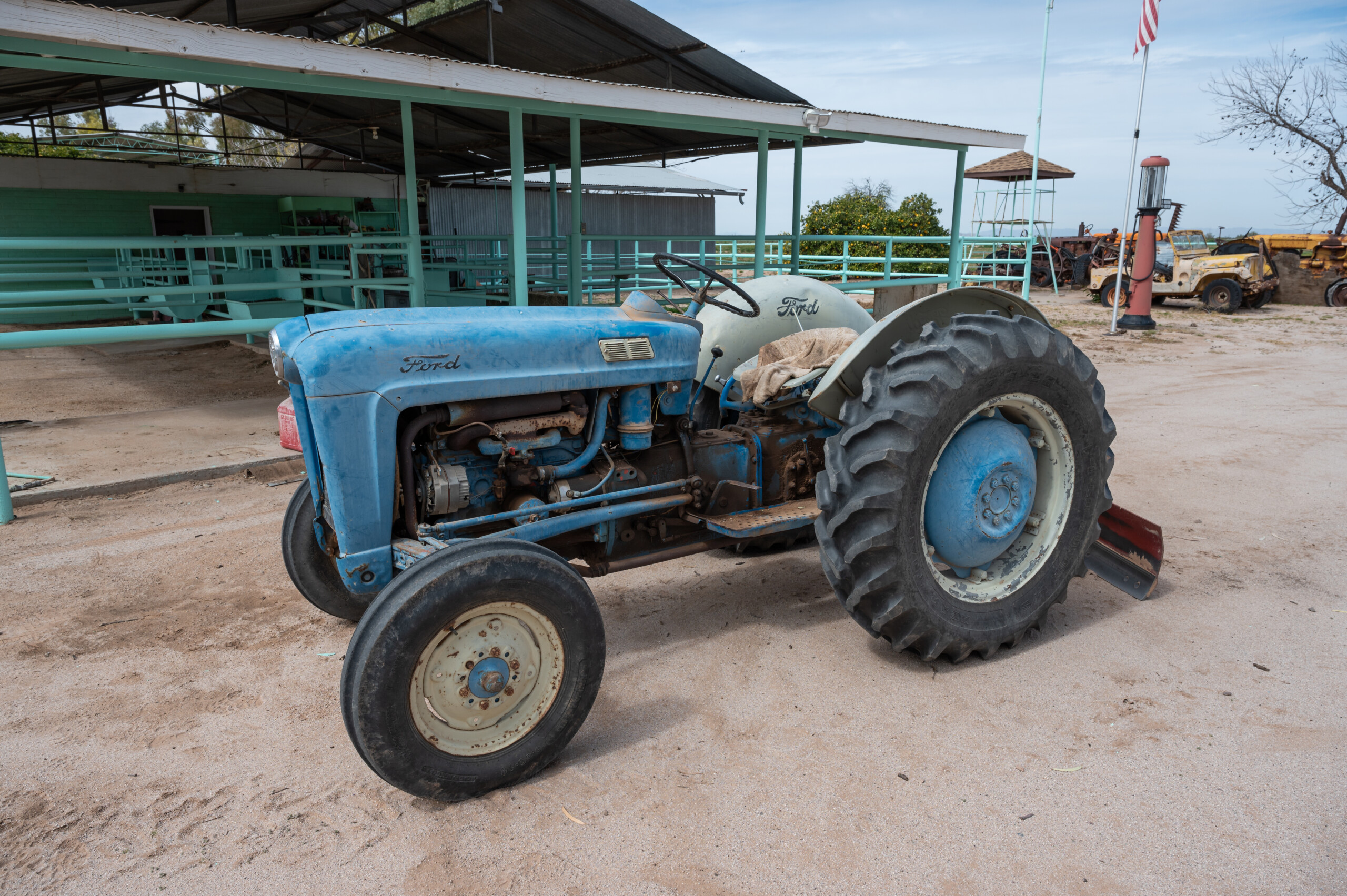


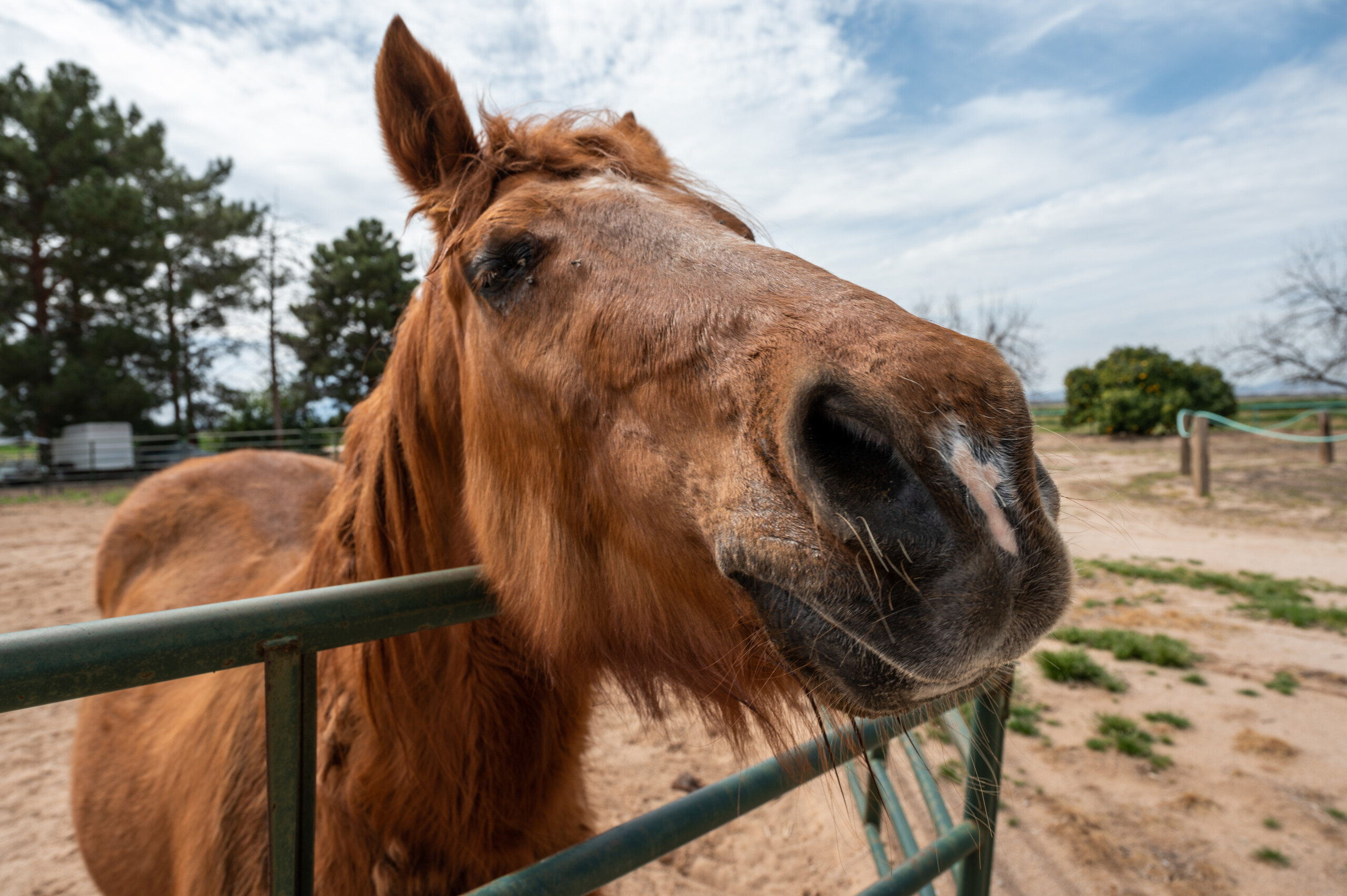
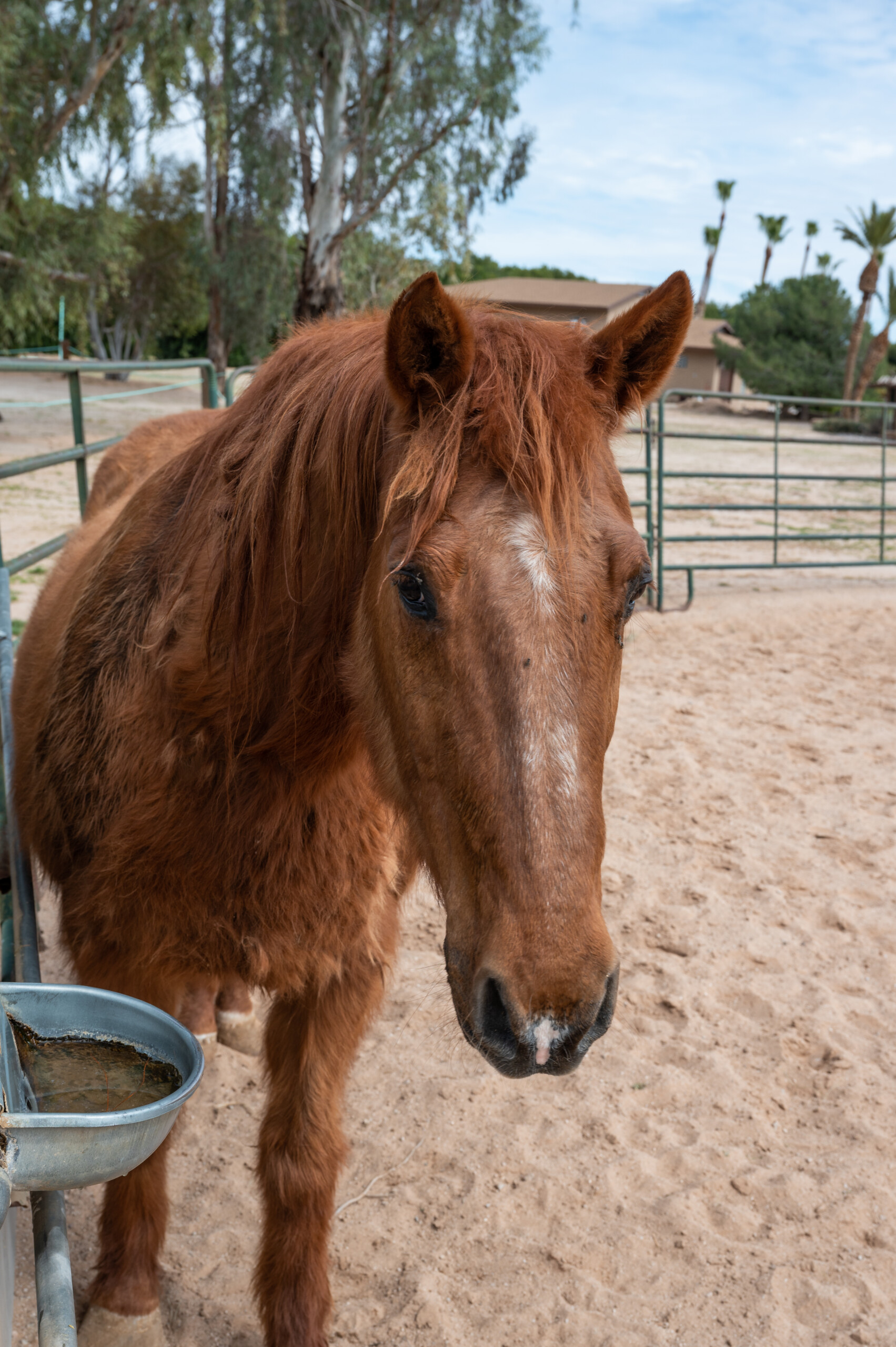


![Elena Trails releases home renderings An image of one of 56 elevation renderings submitted to Maricopa's planning department for the Elena Trails subdivison. The developer plans to construct 14 different floor plans, with four elevation styles per plan. [City of Maricopa]](https://www.inmaricopa.com/wp-content/uploads/2024/04/city-041724-elena-trails-rendering-218x150.jpg)

![Affordable apartments planned near ‘Restaurant Row’ A blue square highlights the area of the proposed affordable housing development and "Restaurant Row" sitting south of city hall and the Maricopa Police Department. Preliminary architectural drawings were not yet available. [City of Maricopa]](https://www.inmaricopa.com/wp-content/uploads/2024/04/041724-affordable-housing-project-restaurant-row-218x150.jpg)


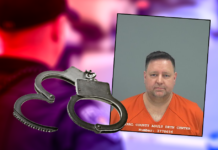







![Elena Trails releases home renderings An image of one of 56 elevation renderings submitted to Maricopa's planning department for the Elena Trails subdivison. The developer plans to construct 14 different floor plans, with four elevation styles per plan. [City of Maricopa]](https://www.inmaricopa.com/wp-content/uploads/2024/04/city-041724-elena-trails-rendering-100x70.jpg)

Why is the photo gallery always skewed – the pictures are weirdly squished out.
This is an issue we’ve brought up to our webmaster. Hopefully it will be resolved soon.